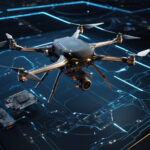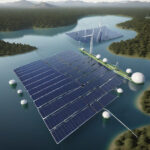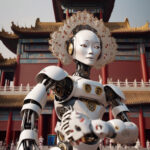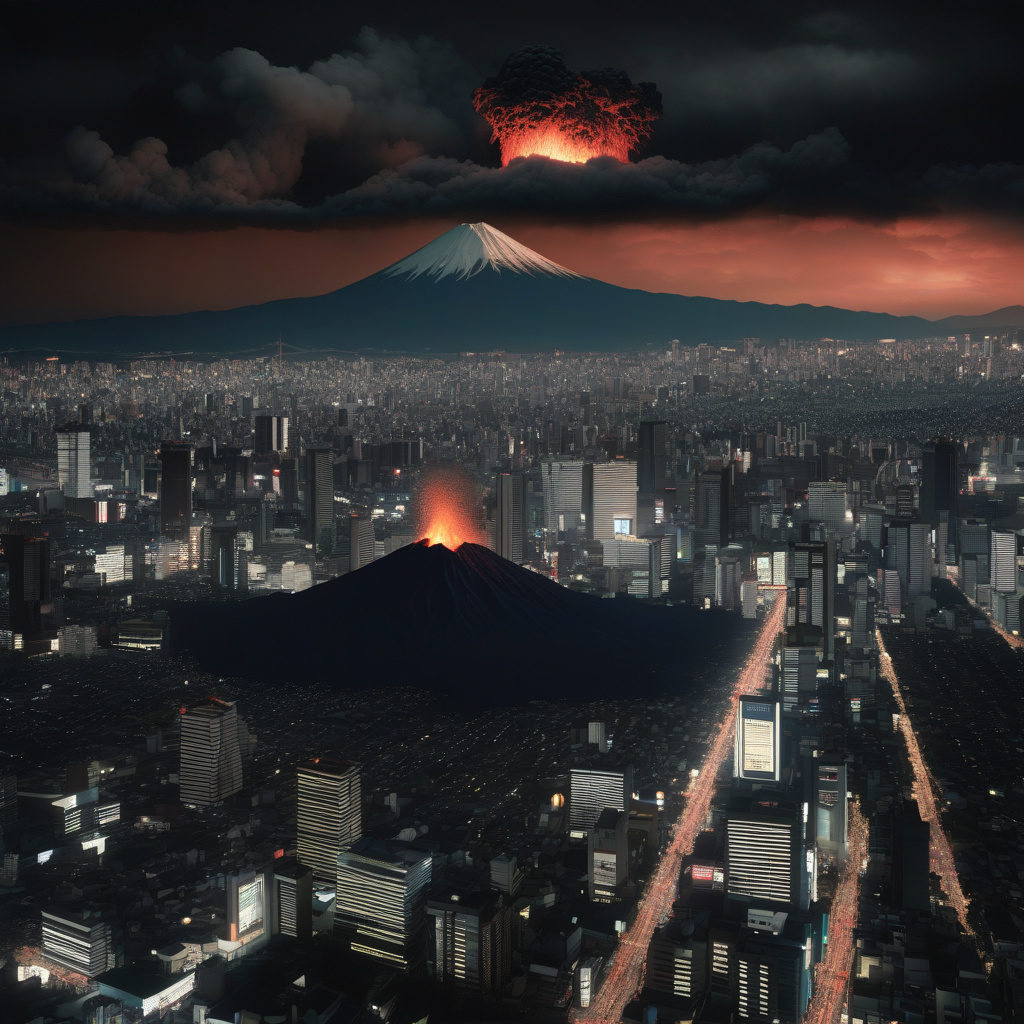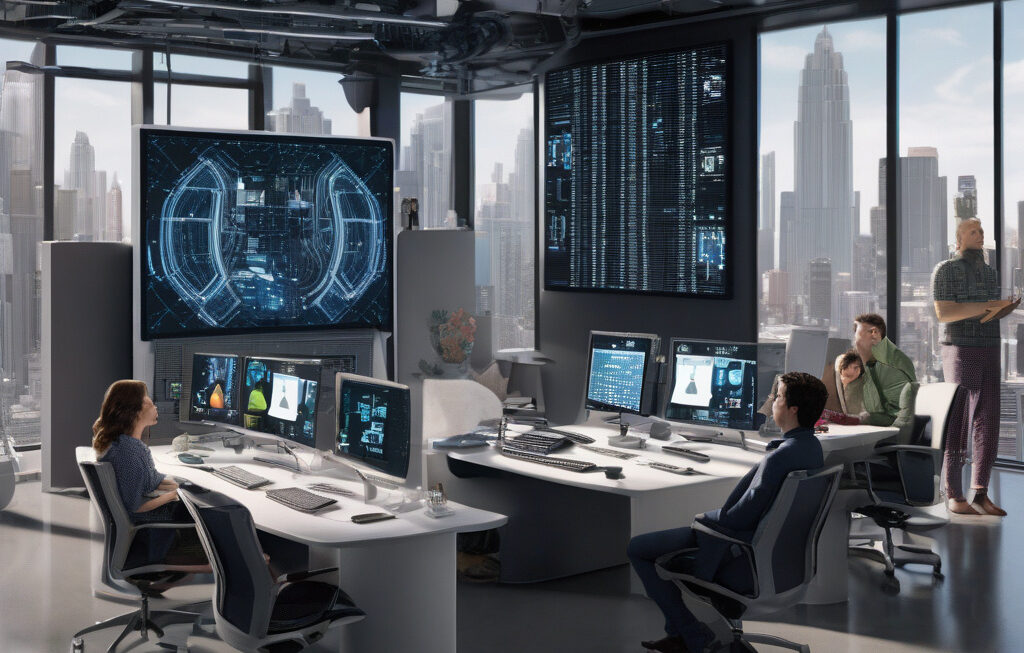Preparing for the Unthinkable: Tokyo Simulates Mount Fuji Eruption with AI
As technology continues to advance at an unprecedented rate, the use of artificial intelligence (AI) has become increasingly prevalent in various aspects of our lives. Recently, Tokyo officials have taken a groundbreaking step by simulating a Mount Fuji eruption using AI. This simulation not only showcases the power of technology but also serves as a stark reminder of the importance of disaster preparedness.
In the simulated scenario, Tokyo officials advised residents to gather essential items such as masks, goggles, and three days’ worth of food in preparation for a potential Mount Fuji eruption. While the simulation itself was not a real event, it provided valuable insights into the potential consequences of such a disaster and highlighted the need for proactive measures to mitigate its impact.
The use of AI in simulating natural disasters is a game-changer in disaster preparedness and response. By leveraging AI technology, officials can create realistic scenarios that help them better understand the potential outcomes of a disaster and develop effective response strategies. This proactive approach can ultimately save lives and minimize damage in the event of a real emergency.
Furthermore, the simulated Mount Fuji eruption serves as a wake-up call for residents of Tokyo and the surrounding areas. While Mount Fuji is a dormant volcano, the possibility of an eruption cannot be completely ruled out. By being prepared and having essential supplies on hand, residents can ensure their safety and well-being in the face of a disaster.
The recommendations provided by Tokyo officials, including the need for masks, goggles, and three days of food, are crucial for surviving a volcanic eruption. Masks and goggles can help protect against ash and debris, which can pose serious health risks if inhaled. Additionally, having an ample supply of food ensures that individuals and families can sustain themselves until help arrives.
This simulation also underscores the importance of community resilience in times of crisis. By working together and supporting one another, residents can better cope with the challenges posed by a disaster. Building strong community bonds and having a solid support system in place are key elements of effective disaster preparedness.
In conclusion, the simulated Mount Fuji eruption in Tokyo serves as a powerful reminder of the unpredictable nature of natural disasters and the importance of being prepared. By leveraging AI technology to simulate such events, officials can gain valuable insights that inform their response strategies and ultimately save lives. As residents, it is essential to heed the advice of officials and take proactive steps to ensure our safety and resilience in the face of potential disasters.
#Tokyo, #MountFuji, #AI, #DisasterPreparedness, #CommunityResilience
